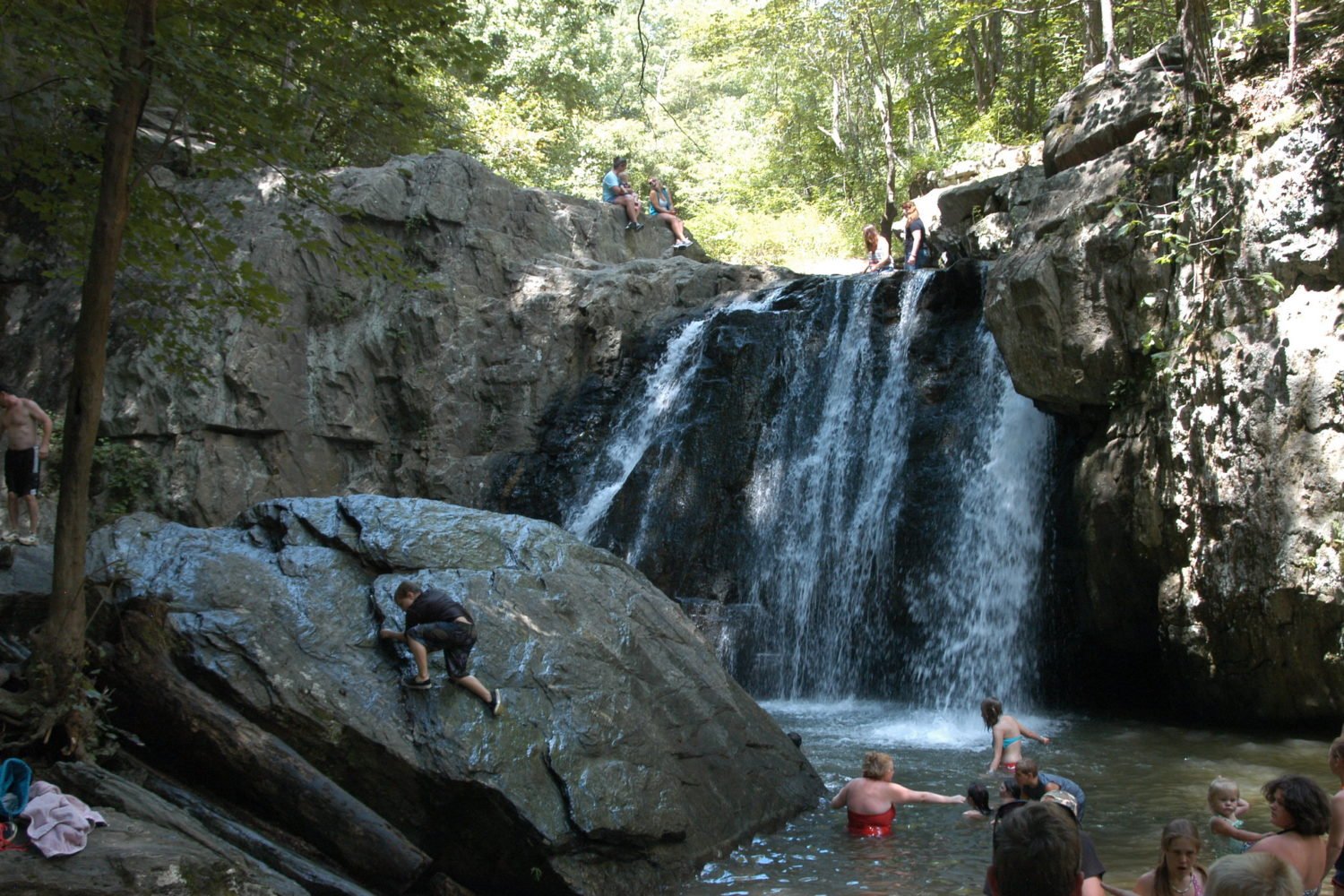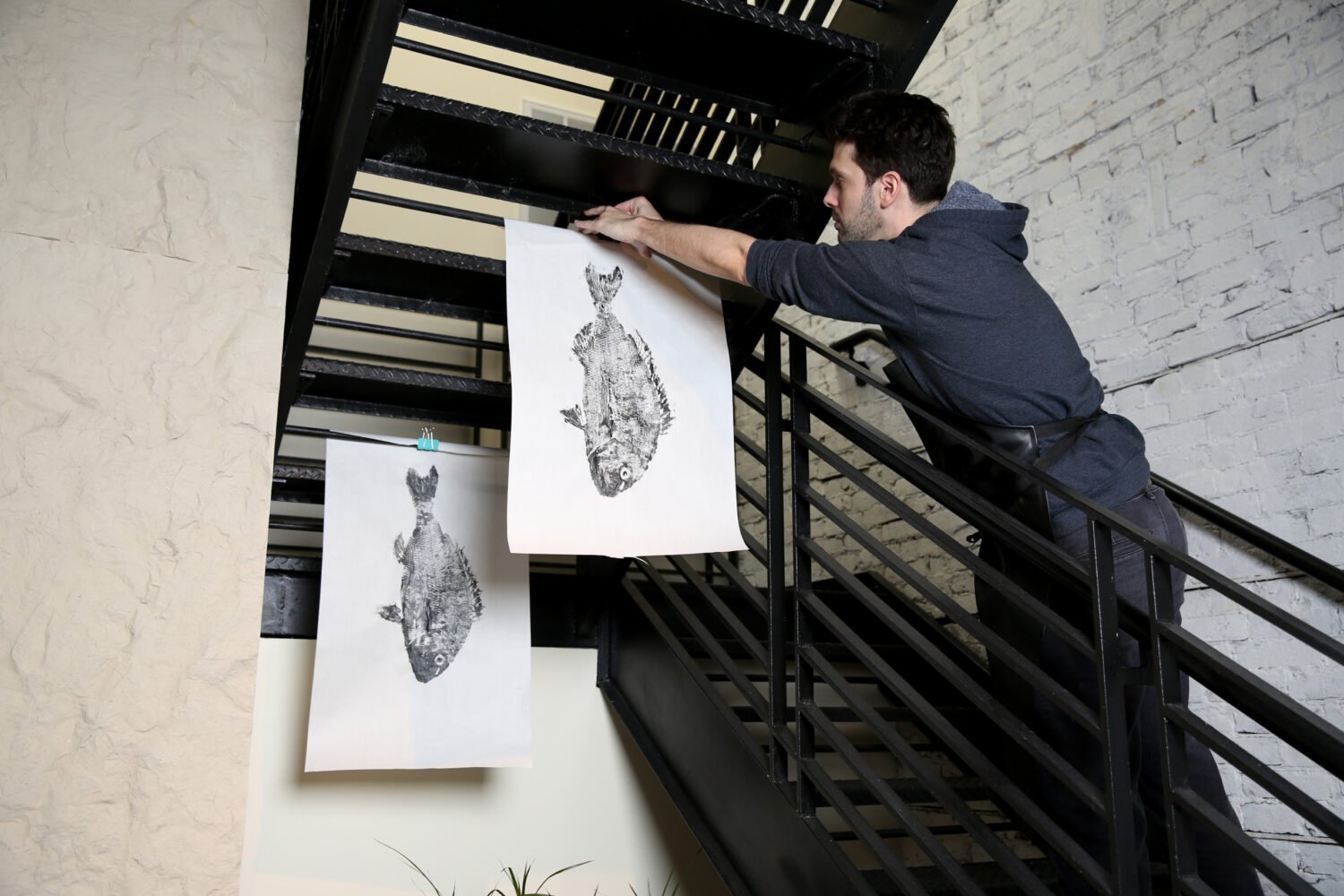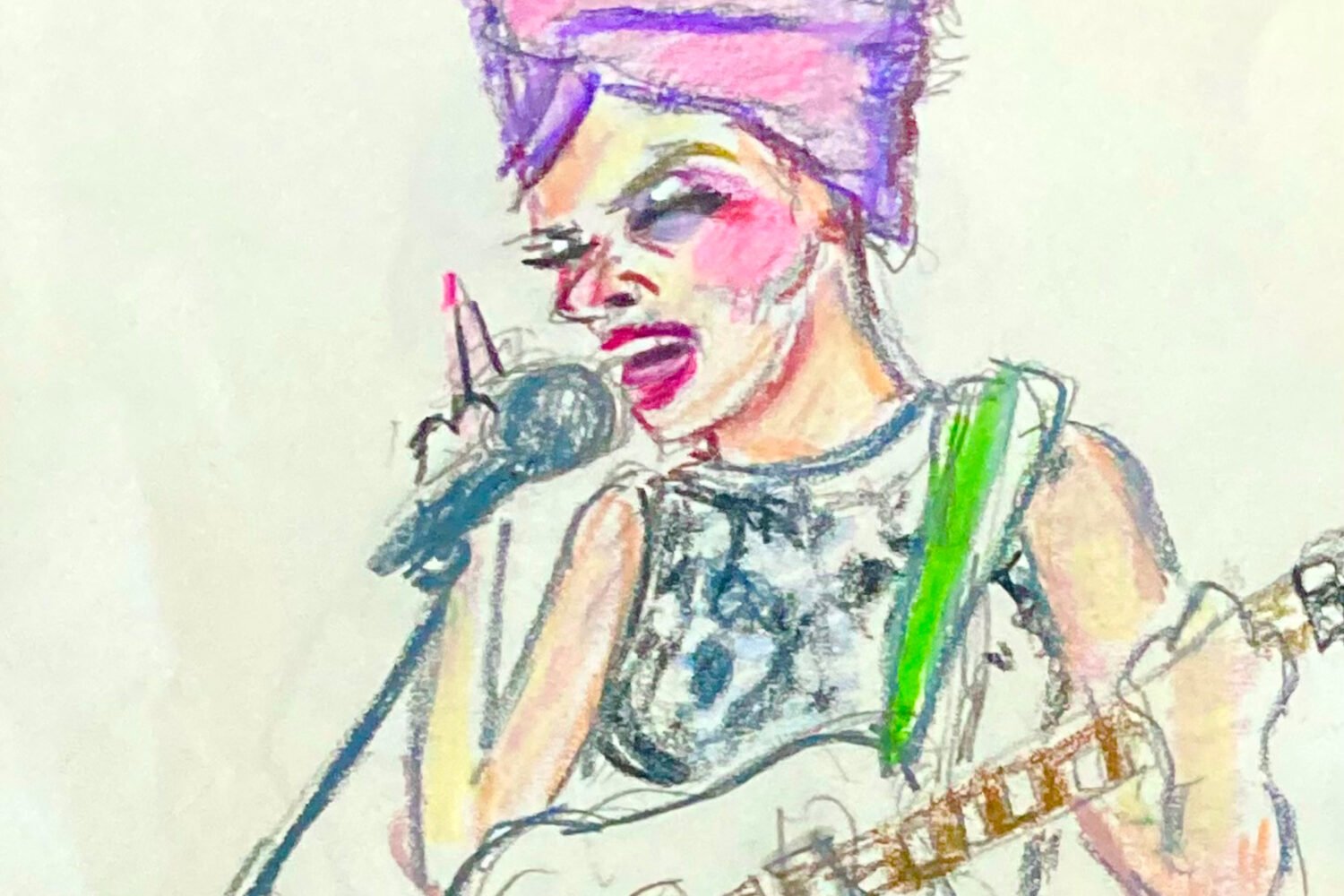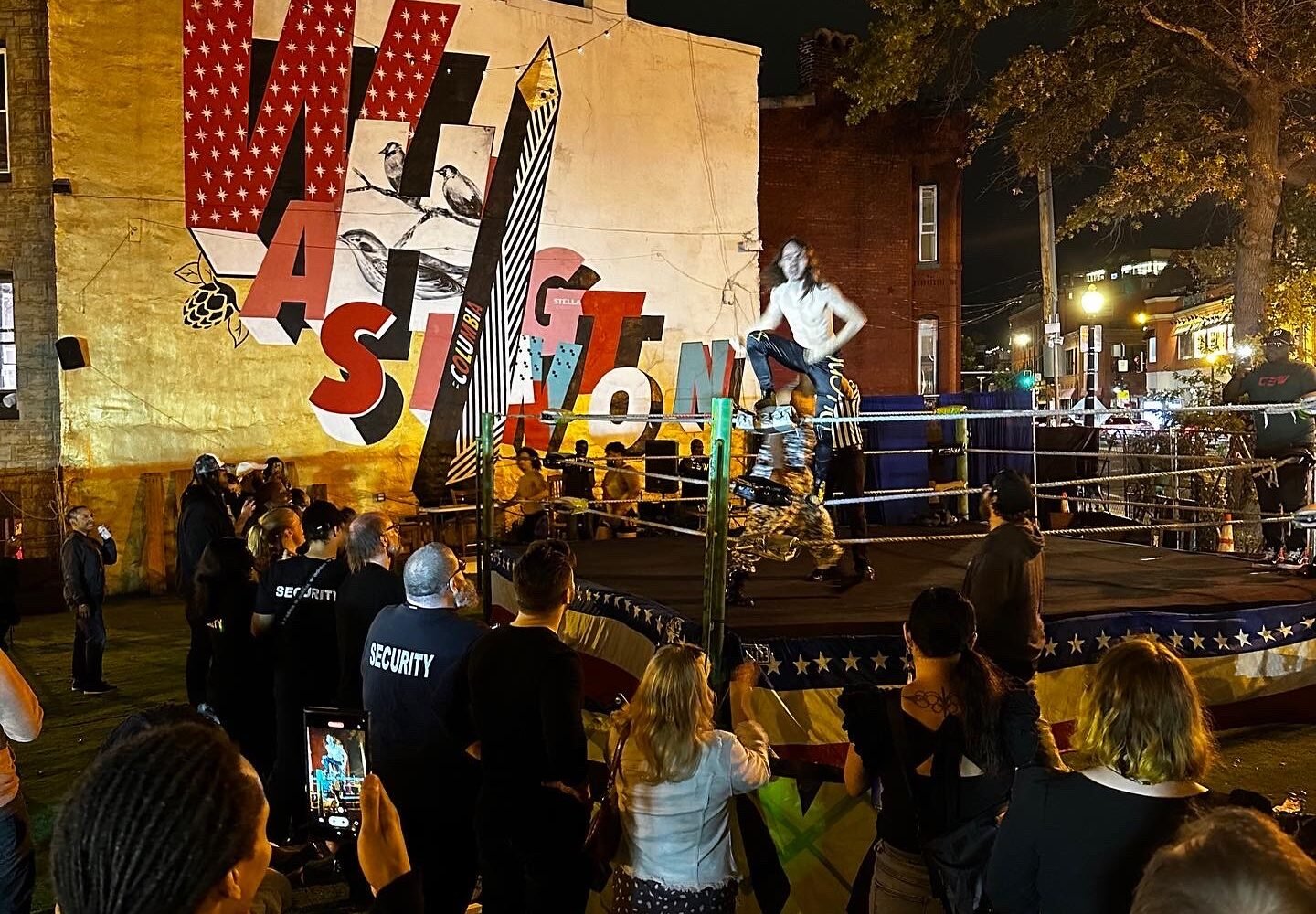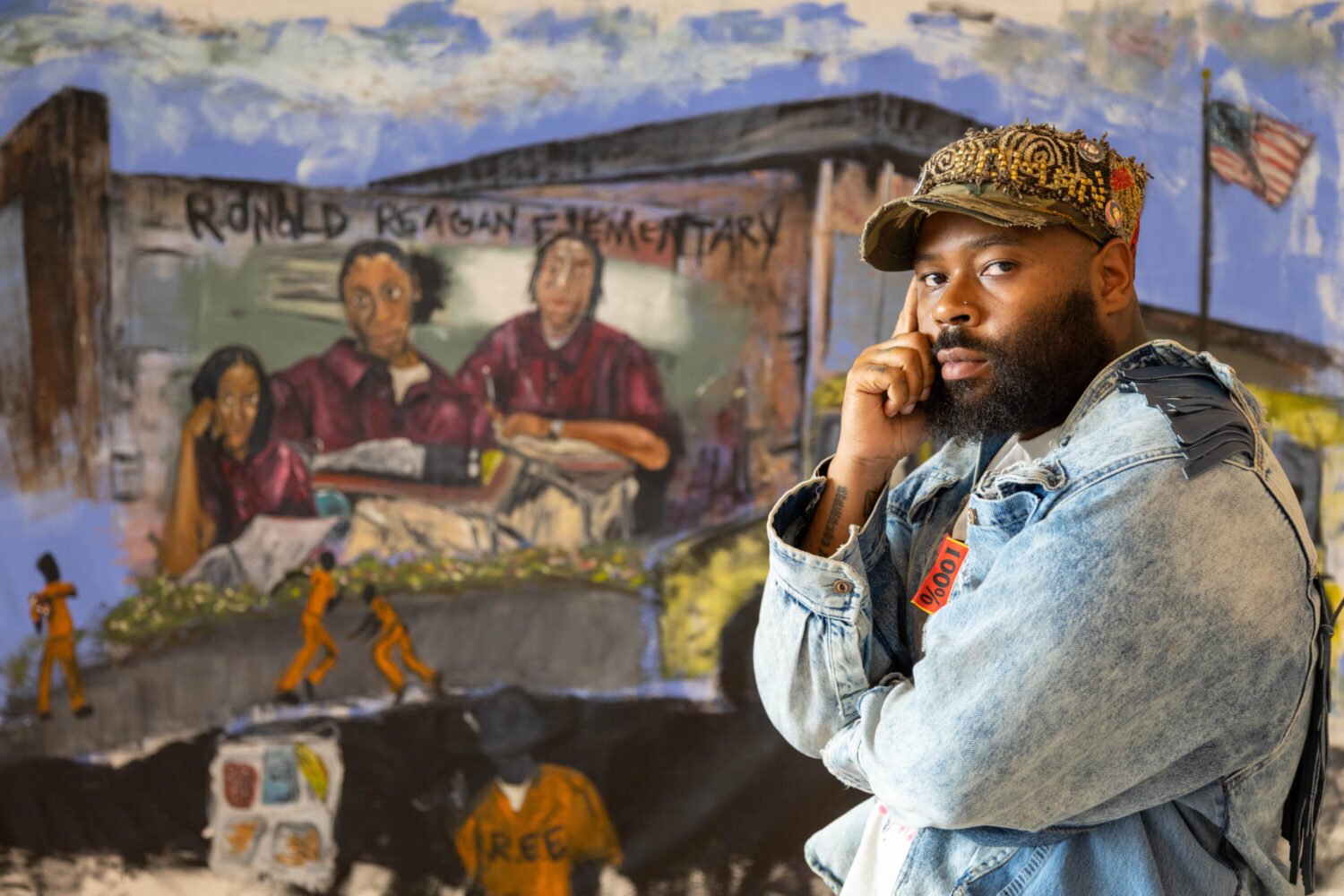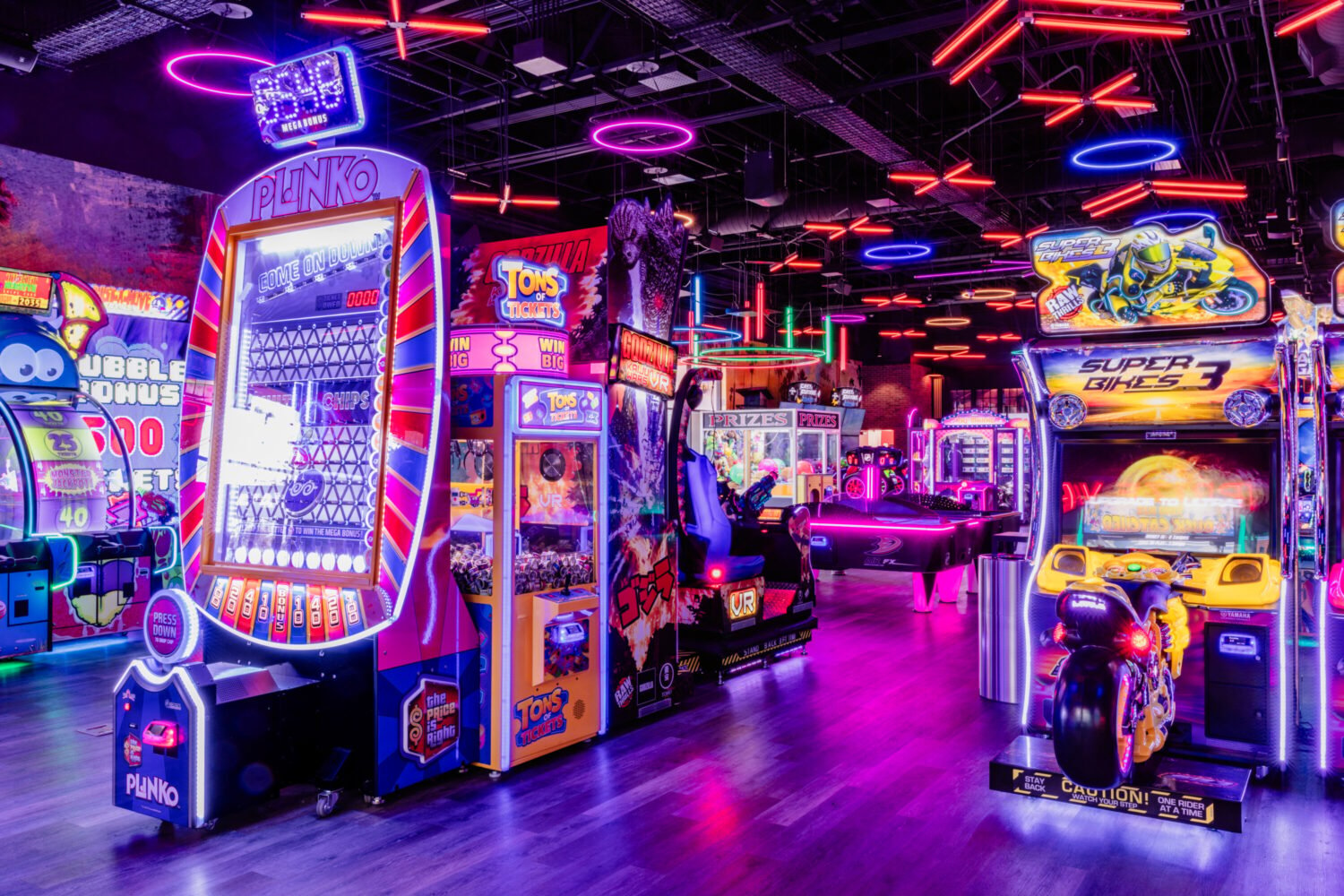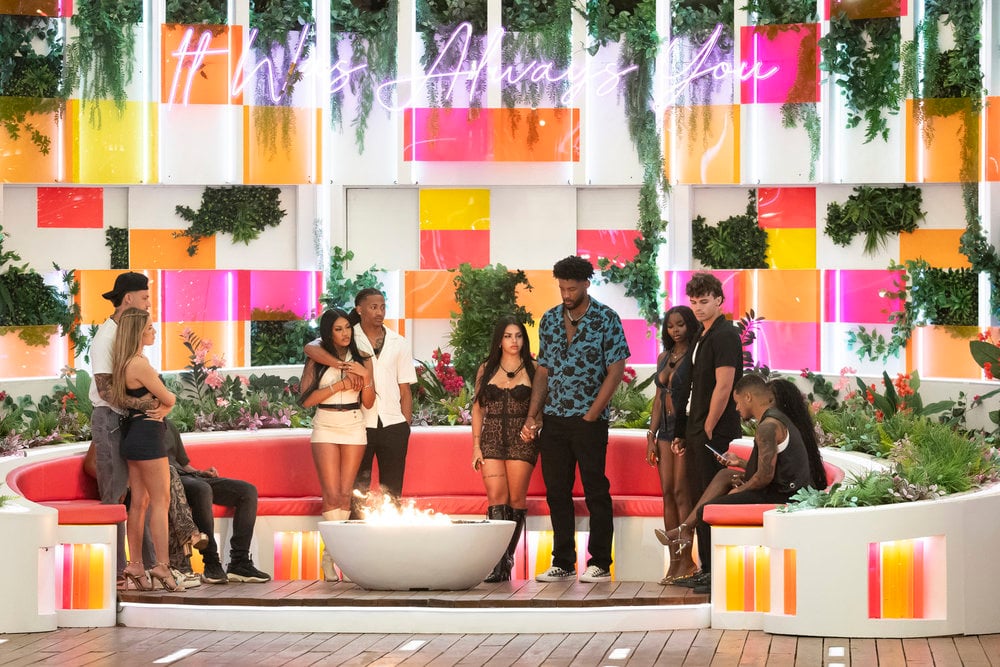In an era of $100 digital cameras and multi-megapixel cellphone images, it’s easy to forget that photography was once a magical invention. For centuries, artists had tried to precisely portray what they saw—and the camera finally gave them the tool they needed to do it. Instead of struggling for hours to recreate color and light, they could capture a scene in an instant.
The invention of photography in the 1850s coincided nicely with a new age of realism in the art world. While photographers like Julia Margaret Cameron were experimenting with different ways of making photos into high art, artists were attempting to make their work more like photography.
The Pre-Raphaelite Lens: British Photography and Painting 1848-1875, an exhibition currently on display in the National Gallery of Art's West Building, shows how photography influenced and was influenced by the Pre-Raphaelite movement of English painters and poets. Although the two schools never explicitly admitted to imitating each other, the exhibition reveals how deeply intertwined they were, both artistically and socially. The Pre-Raphaelites were influenced by photography’s ability to capture precise images and variations in light and shade. And photography, particularly as practiced by Cameron, Henry Peach Robinson, and others, borrowed heavily from the Pre-Raphaelites’ historical and romantic themes.
The exhibition is a four-year labor of love by curator Diane Waggoner, who first thought about the similarities between the two movements while working on her dissertation about the photography of Charles Lutwidge Dodson, better known as Lewis Carroll.
“It’s hard for us to imagine how radical photography must have seemed at the time,” says Waggoner. “There were established conventions of picture-making, and photography really didn’t look anything like them.”
In contrast, the show’s most outstanding painting, a portrait of Jane Morris by Dante Gabriel Rossetti, has striking similarities to photographs of Morris by John Robert Parsons, right down to the sheen on the fabric of her dress, and the tilt of her head. The background is blurred slightly, as in the photograph, rather than faithfully rendered in minute detail. Rossetti had commissioned the photographs a few years earlier and posed many of them to look like portraits.
Not all the works are masterpieces. Some of the landscapes border on the chocolate-boxy, and seem to have succeeded in paving the way for a century of bad hotel-room paintings. A few photographs of natural scenes demonstrate how experimental photography was then—three bare trees and a path do not an Ansel Adams make.
But the best pieces are examples of how closely the two schools were related. John William Waterhouse’s famous 1888 painting of the Lady of Shalott isn’t included, but you can’t help but think of it when you see Henry Peach Robinson’s 1860 photograph of the same name. And some of the most interesting photographs are the ones that document the movement itself, such as Julia Margaret Cameron’s portrait of Tennyson, or Dodson’s photographs of actress Ellen Terry wearing her wedding dress (a year after her teenage marriage to painter George Frederic Watts had been dissolved). It’s rare to be given close photographic insight into such an influential artistic group, and it’s particularly intriguing placed in context with the paintings themselves.





